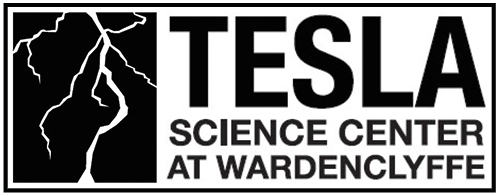Behind Nikola Tesla’s former laboratory at Wardenclyffe on Long Island, New York, are some old foundations. They are all that remains of a 57-metre tower which Tesla began building in 1901 as part of an experiment to transmit information and electricity wirelessly over long distances. It half worked. As he foretold, wireless communications have had world-changing effects. But he failed to get electric power itself to travel very far. As a consequence, within five years work stopped and the tower was later scrapped to help repay his debts. Tesla—a pioneer who, among other things, developed the generation and transmission of alternating current—faded into relative obscurity.
And so it remained until Tesla’s name was revived by Elon Musk as the brand for his electric-car company. Now Tesla’s vision of wireless power transmission looks like making a comeback, too. Emrod, a firm based in Auckland, has collaborated with Powerco, a New Zealand electricity distributor, to develop a prototype system for use in an enclosed test facility. Then, in a separate project, the plan is to beam energy from a solar farm on the North Island to a client several kilometres away.





